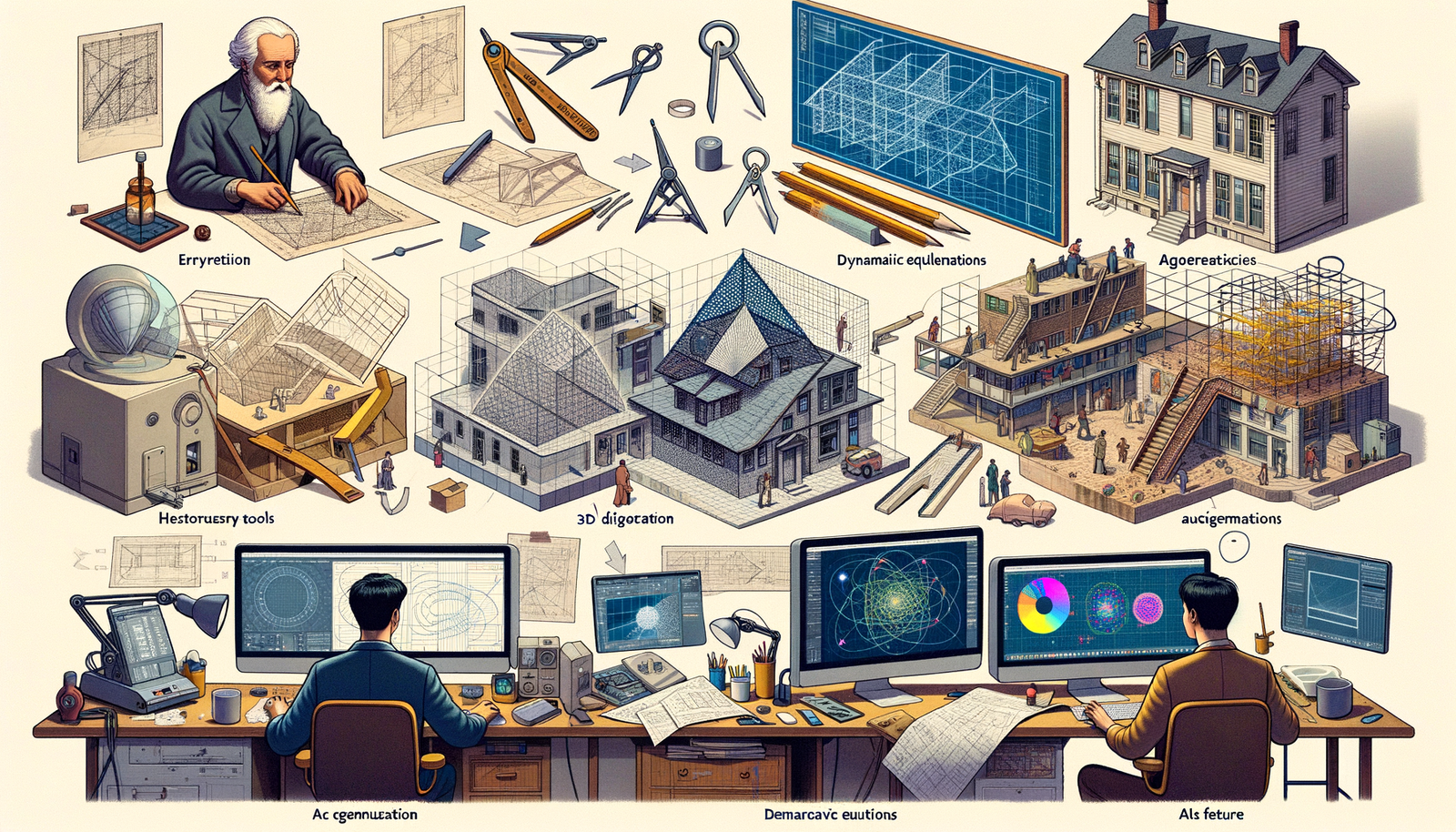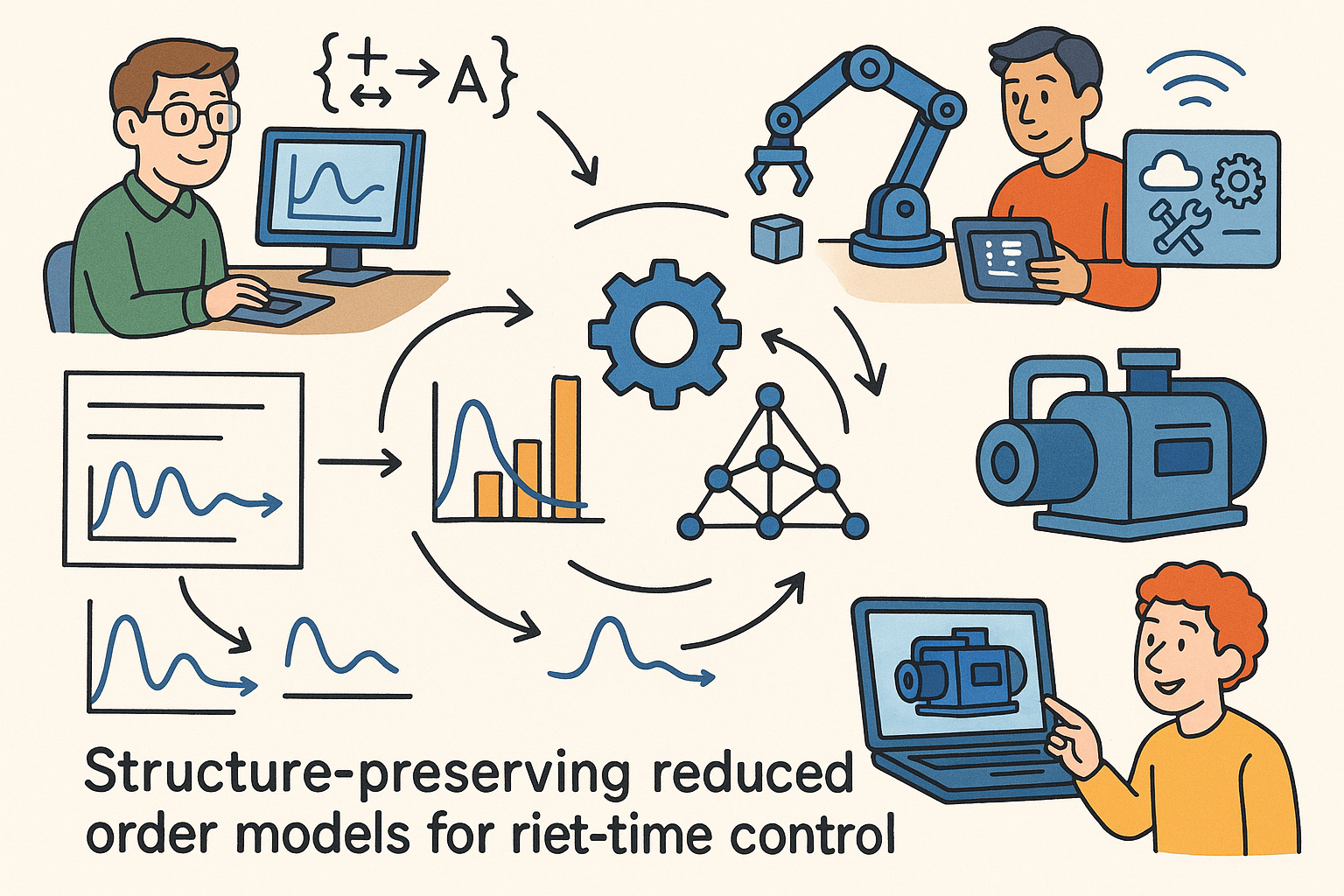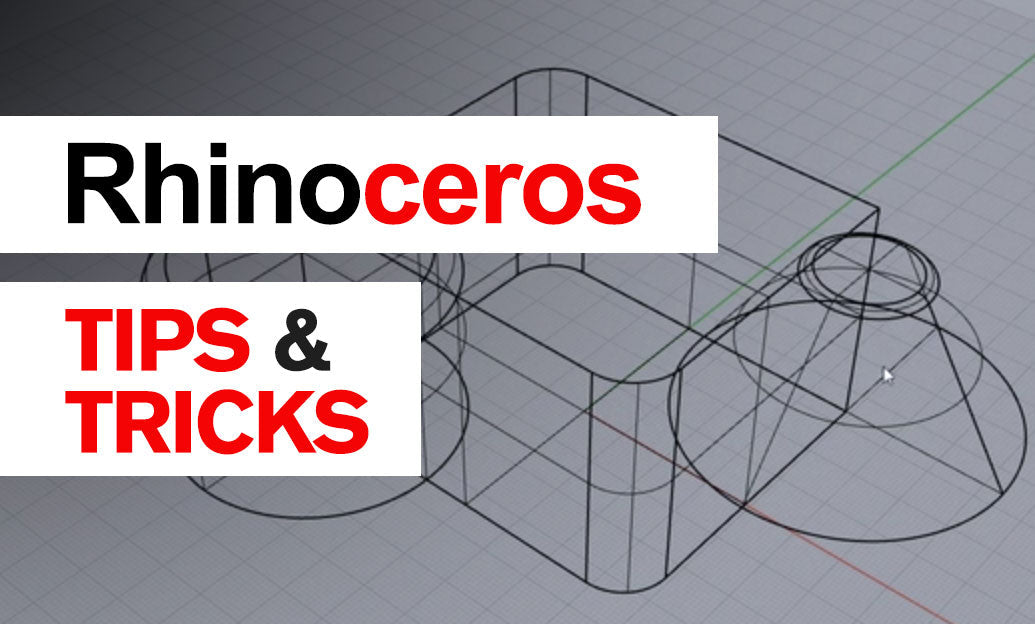Your Cart is Empty
Customer Testimonials
-
"Great customer service. The folks at Novedge were super helpful in navigating a somewhat complicated order including software upgrades and serial numbers in various stages of inactivity. They were friendly and helpful throughout the process.."
Ruben Ruckmark
"Quick & very helpful. We have been using Novedge for years and are very happy with their quick service when we need to make a purchase and excellent support resolving any issues."
Will Woodson
"Scott is the best. He reminds me about subscriptions dates, guides me in the correct direction for updates. He always responds promptly to me. He is literally the reason I continue to work with Novedge and will do so in the future."
Edward Mchugh
"Calvin Lok is “the man”. After my purchase of Sketchup 2021, he called me and provided step-by-step instructions to ease me through difficulties I was having with the setup of my new software."
Mike Borzage
Design Software History: The Evolution of Parametric Design: From Early Concepts to Future Trends
June 19, 2024 6 min read


Section 1: The Genesis of Parametric Design
Early Concepts and Definitions
Parametric design is a method of creating digital models where parameters are used to define a system of rules that dictate the behavior and relationship of design elements. This approach allows for the dynamic modification of designs through the alteration of these parameters, providing a robust and flexible framework for complex design tasks.
The foundations of parametric design lie in mathematical modeling and geometry. These early concepts were vital for developing systems that could handle complex relationships and constraints in design. The mathematical models provided the groundwork for algorithms and computational methods that enable modern parametric design.
Influential Pioneers and Their Contributions
Ivan Sutherland is often hailed as one of the most influential pioneers in the field of computer-aided design (CAD). His groundbreaking work with Sketchpad in the early 1960s laid the foundation for interactive computer graphics and CAD systems. Sketchpad introduced the concept of graphical manipulation of objects using a light pen, allowing users to interactively create and modify geometric shapes on a computer screen.
In addition to Sutherland, several other visionaries made significant contributions to the early development of parametric design. These pioneers recognized the potential of combining computational power with design processes, leading to the development of more sophisticated CAD systems that would eventually incorporate parametric principles. Their work set the stage for the transformative impact of parametric design on various design disciplines.
Section 2: Technological Milestones and Innovations
Development of Key Software Platforms
The evolution of CAD software has been marked by several key milestones that have significantly advanced parametric design capabilities. Early CAD software such as CATIA and AutoCAD played crucial roles in introducing parametric features and establishing the foundation for more advanced systems.
CATIA, developed by Dassault Systèmes in the late 1970s, was one of the first CAD systems to integrate parametric design principles. It allowed users to define and manipulate geometric models using parameters, enabling a more efficient and flexible design process.
Similarly, AutoCAD, developed by Autodesk in the early 1980s, became widely popular for its user-friendly interface and parametric capabilities. AutoCAD's introduction of parametric constraints allowed designers to define relationships between different geometric elements, making it easier to create and modify complex designs.
Another significant milestone was the introduction of PTC’s Pro/ENGINEER in the late 1980s. Pro/ENGINEER revolutionized parametric modeling with its feature-based approach, allowing designers to create models by defining features such as holes, fillets, and chamfers. This approach provided a higher level of control and automation, making it possible to quickly iterate and optimize designs.
Core Technologies and Algorithms
Parametric design relies on several core technologies and algorithms that enable its powerful capabilities. One of the key technologies is constraint solving, which involves determining the relationships and dependencies between different design elements. Constraint solvers use mathematical techniques to ensure that the defined constraints are satisfied, allowing designers to create models that adhere to specific requirements.
Another essential technology in parametric design is feature-based modeling. This approach allows designers to define and manipulate individual features of a model, such as holes, fillets, and chamfers. By organizing the model into features, designers can easily modify and update specific aspects of the design without affecting the entire model.
The introduction of object-oriented programming in parametric CAD systems also played a crucial role in advancing the technology. Object-oriented programming allows for the creation of modular and reusable code, making it easier to develop and maintain complex parametric design systems. This programming paradigm enables the creation of more flexible and scalable software platforms, facilitating the integration of advanced parametric capabilities.
Section 3: Impact on Various Design Disciplines
Mechanical and Product Design
Parametric modeling has had a profound impact on mechanical and product design processes. By enabling designers to define and manipulate parameters, parametric modeling allows for rapid iteration and optimization of designs. This capability is particularly valuable in industries where precision and efficiency are critical, such as automotive, aerospace, and consumer electronics.
One of the key benefits of parametric modeling in mechanical design is the ability to create families of parts and assemblies. Designers can define a set of parameters for a part or assembly, allowing them to easily generate different variations based on those parameters. This approach streamlines the design process and reduces the time and effort required to create and modify complex mechanical components.
Parametric modeling also facilitates collaboration and communication among design teams. By using a consistent set of parameters and constraints, designers can ensure that all team members are working with the same design intent. This reduces the risk of errors and inconsistencies, leading to higher-quality designs and more efficient workflows.
Architectural and Structural Design
The role of parametric design in architectural innovation cannot be overstated. Parametric modeling allows architects to explore complex geometries and create highly customizable and adaptable designs. This capability has led to the development of iconic buildings and structures that push the boundaries of architectural design.
One of the key advantages of parametric design in architecture is the ability to create responsive and adaptive designs. By defining parameters that control the behavior of design elements, architects can create buildings that respond to environmental factors such as sunlight, wind, and temperature. This approach enables the design of more sustainable and energy-efficient buildings.
Parametric design also allows architects to explore and visualize complex geometries that would be difficult or impossible to create using traditional design methods. By using parametric modeling tools, architects can generate intricate forms and structures, leading to innovative and visually striking designs.
Section 4: The Future of Parametric Design
Current Trends and Emerging Technologies
The future of parametric design is being shaped by several emerging technologies and trends. One of the most significant trends is the integration of artificial intelligence (AI) and machine learning (ML) in parametric design. These technologies have the potential to enhance the capabilities of parametric design systems by enabling more intelligent and automated design processes.
AI and ML can be used to analyze large datasets and identify patterns and relationships that can inform design decisions. For example, AI algorithms can be used to optimize design parameters based on performance criteria, leading to more efficient and effective designs. ML can also be used to automate repetitive design tasks, freeing up designers to focus on more creative and strategic aspects of the design process.
Another emerging trend in parametric design is the rise of generative design. Generative design is an approach that uses algorithms to generate a wide range of design options based on specified constraints and objectives. This approach allows designers to explore a vast design space and identify optimal solutions that meet their requirements.
Generative design has the potential to revolutionize the design process by enabling designers to create more innovative and optimized designs. By leveraging the power of computation, generative design can generate solutions that would be difficult or impossible to achieve through traditional design methods.
Challenges and Opportunities
Despite the many advantages of parametric design, there are also challenges and complexities that need to be addressed. One of the main challenges is the computational complexity of solving large and intricate parametric models. As the complexity of the design increases, the computational resources required to solve the model also increase, potentially leading to longer processing times and reduced efficiency.
Another challenge is the need for specialized knowledge and expertise to effectively use parametric design tools. Designers must have a deep understanding of the principles and techniques involved in parametric modeling, as well as the specific software tools they are using. This requirement can create a barrier to entry for some designers and limit the widespread adoption of parametric design.
However, there are also significant opportunities for the future of parametric design. One of the key opportunities is the potential for interdisciplinary applications. Parametric design can be used in a wide range of fields, including architecture, engineering, manufacturing, and even biology. By applying parametric principles to different disciplines, designers can create more integrated and holistic solutions that address complex problems.
Another opportunity is the development of smart manufacturing technologies. Parametric design can be used to create digital models that are directly linked to manufacturing processes, enabling more efficient and automated production. This approach has the potential to reduce costs, improve quality, and increase the speed of production, leading to significant benefits for manufacturers.
Also in Design News

Design Software History: From Pen Computing to Pencil-First CAD: The Evolution of Mobile Design Tools, Kernels, and Cloud-Native Workflows
January 14, 2026 12 min read
Read More
Structure-Preserving Reduced-Order Models for Real-Time Control and Digital Twins
January 14, 2026 13 min read
Read MoreSubscribe
Sign up to get the latest on sales, new releases and more …



